
Growing up, I couldn't help but marvel at my aunt's glorious hair. Dark, thick, and flowing, it was the envy of everyone who laid their eyes on it. But as she hit her fifties, something started happening. Her luscious locks began to turn grey in some areas, and like many women of her era, she resorted to chemical treatments to try and preserve the colour she believed it ought to be.
As I watched my aunt's hair over the years, I began to see the effects of chemical treatments on its health and vitality. It once flowed in thick, lustrous waves, but as she continued to dye and bleach it, it became dry, brittle, and prone to breakage. I also saw her frustration as she struggled to manage her damaged hair, trying different products and treatments to restore its natural beauty.
Three treatments to avoid or minimise
For some women, having the colour or texture that chemical and heat treatments bring can be worth the damage they entail. But for those of us seeking a more natural relationship relationship with our hair and its health, these are the treatments I recommend avoiding or at least minimising:
Heat styling: Frequent use of hair straighteners, curling irons, and blow dryers can damage your hair, leading to breakage, split ends, and dryness. Try to limit your use of heat styling tools and use a heat protectant spray before using any heat styling tools.
Chemical treatments: Chemical treatments such as hair colouring, bleaching, perming, and straightening can cause significant damage to your hair. These treatments can weaken the hair, making it more prone to breakage, dryness, and dullness. If you do opt for chemical treatments, be sure to visit a professional stylist who can minimise the damage to your hair.
Tight hairstyles: Tight hairstyles such as braids, weaves, and ponytails can cause tension on your hairline and scalp, leading to hair breakage and thinning. Try to avoid tight hairstyles and opt for looser styles that are gentler on your hair. If you do wear tight hairstyles, take breaks in between and avoid wearing them for long periods of time.
Returning to grey
For what it's worth, my aunt has recently let her hair go grey. She was tired of the upkeep, the expense, and the chemical damage that came with frequent dyeing. It is now a beautiful silver colour, with hints of white and light brown. To many of us, she looks more natural, more authentic, and more radiant than ever before.
As the months went by, I noticed a remarkable change in her hair. It was softer, shinier, and fuller than I'd ever seen it. She no longer complained of split ends, dryness, or breakage. It seemed that by letting go of her old hair dyeing habit, she'd discovered a new level of health and vitality for her hair.
I asked her about it, and she confirmed my suspicions. "It's amazing," she said. "I had no idea how much damage the dye was doing to my hair. Now that I've stopped, it feels so much healthier."
Watching my aunt embrace her natural hair colour was a powerful reminder that beauty comes in all forms. It's not about conforming to society's expectations or adhering to rigid beauty standards. Instead, it's about finding what makes you feel confident, happy, and authentic - whether that's dyed hair, natural hair, or anything in between.
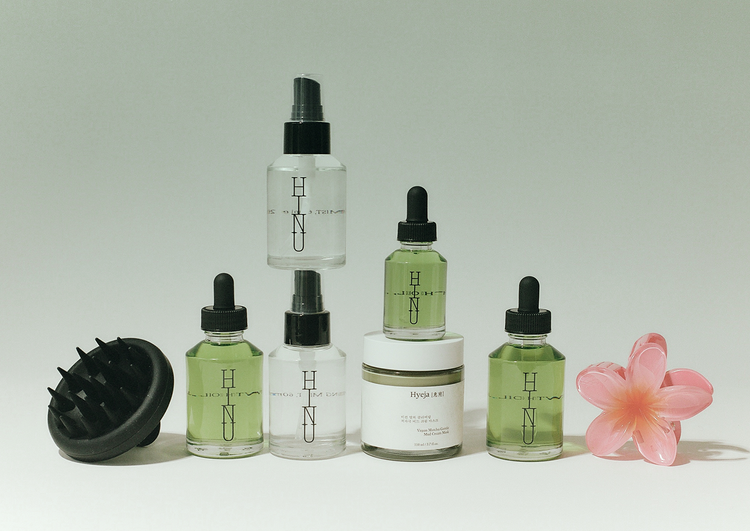




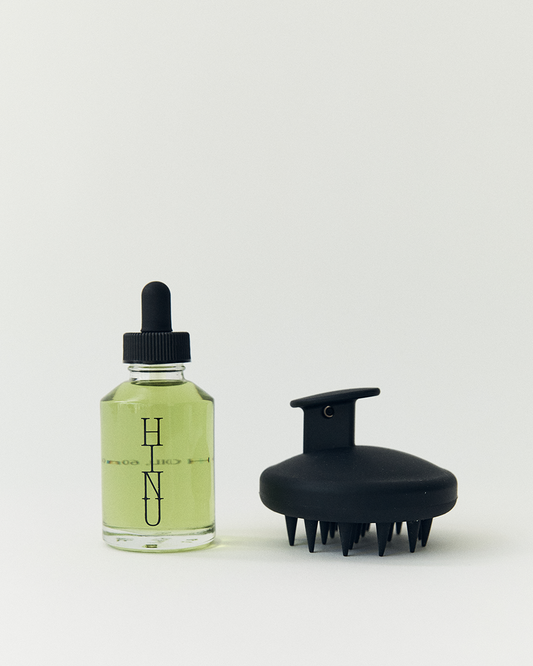
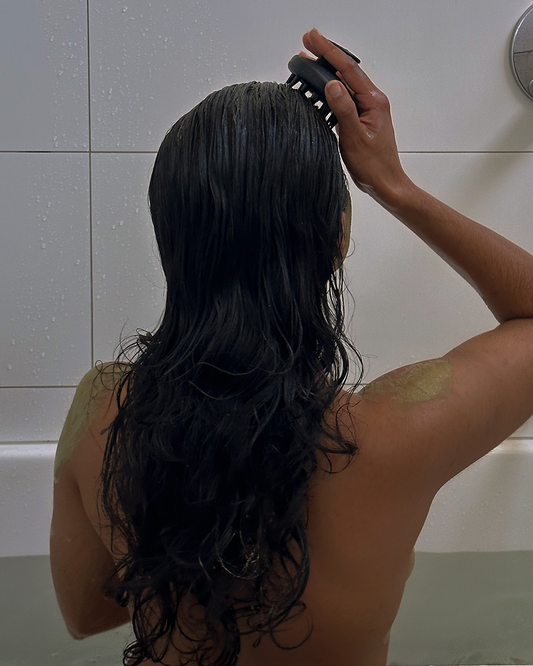
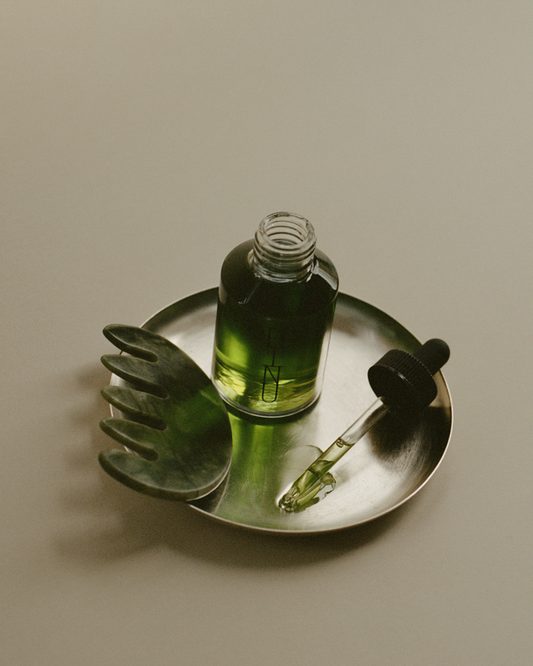
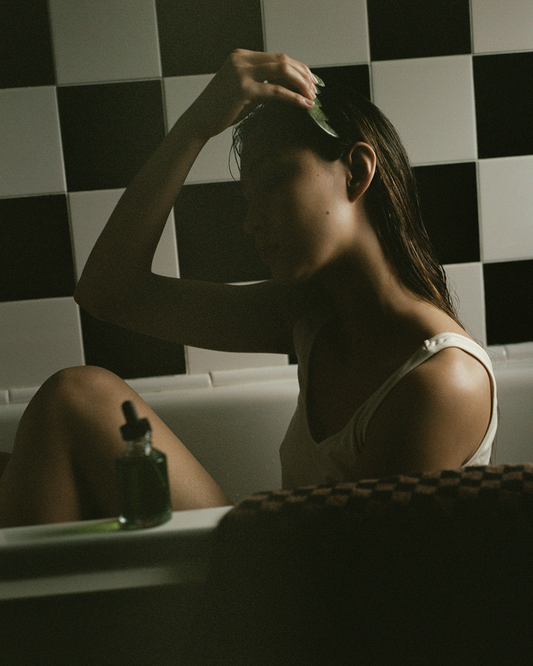
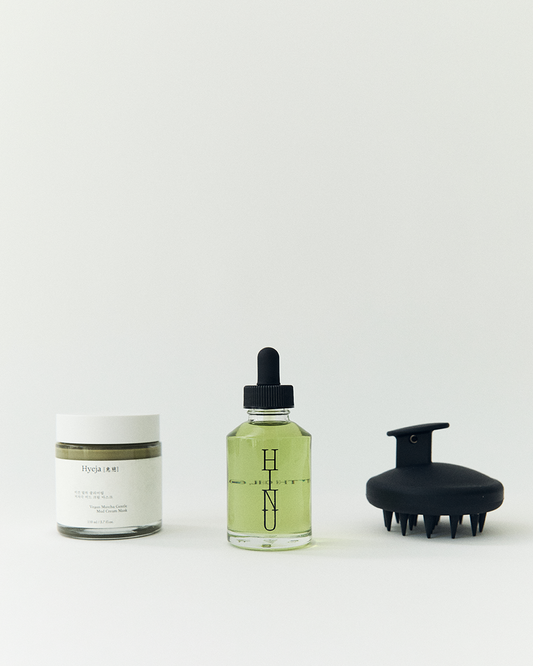
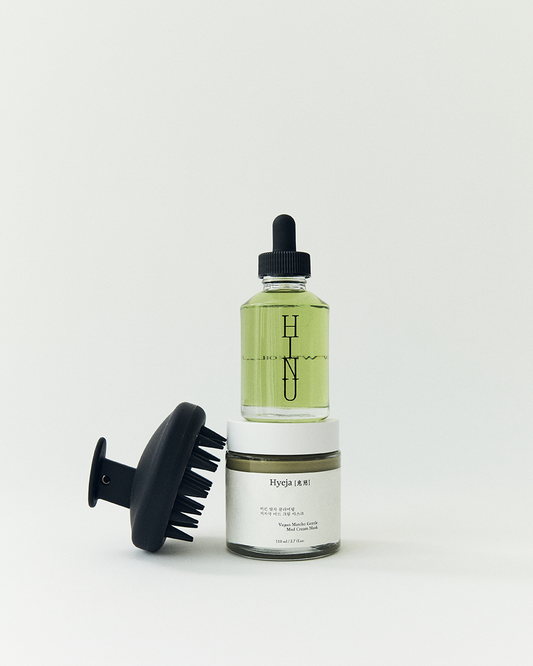

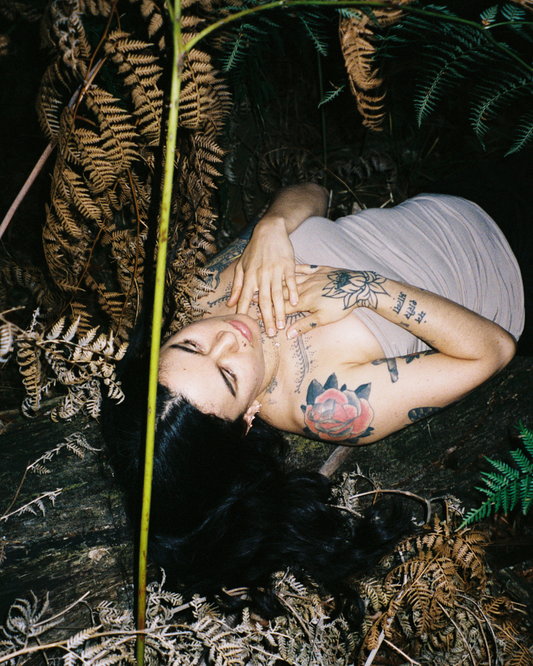

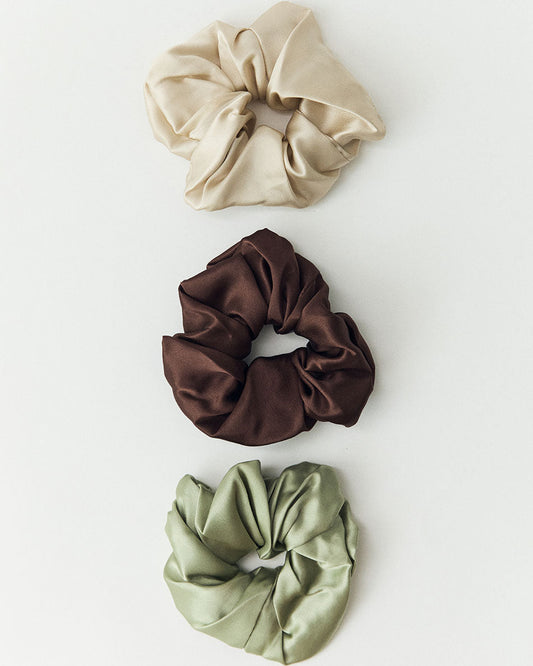
2 comments
What are your thoughts about henna? I just bought my first bottle of hair growth oil and I’m so excited to try it :)